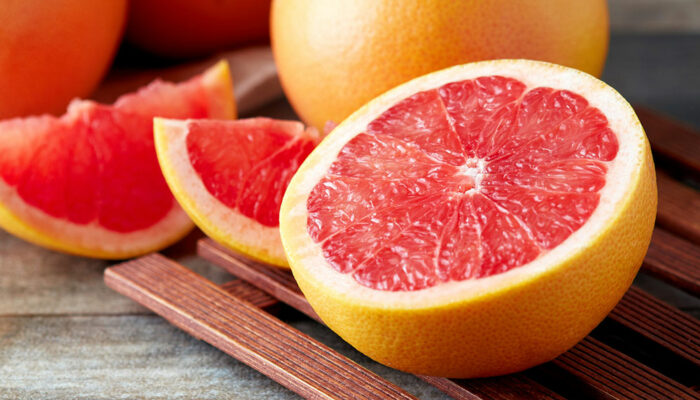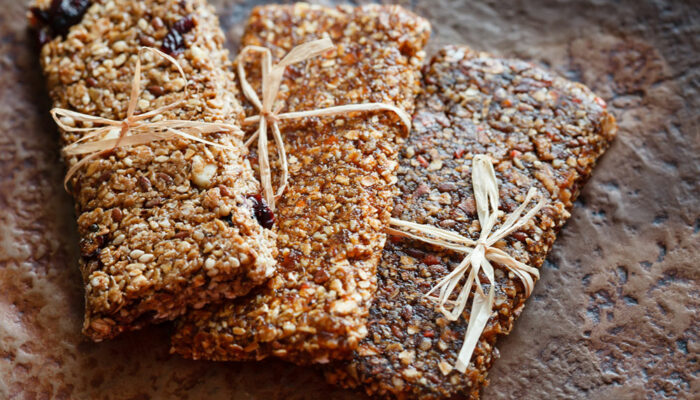
health
Avoid these 8 foods to manage cold sores
The herpes simplex virus causes fever blisters or cold sores. They generally appear on the lips and the skin around them. Blisters may appear individually or in groups of ten. They may be a painful infection, leaving patients ill for many days. And since they are open sores, they are susceptible to inflammation caused by the food one eats, affecting healing time. This article enlists eight foods people must avoid when dealing with such sores. Citrus fruits While citrus fruits are an excellent vitamin C source, essential to boost immunity, they are also highly acidic. As a result, they may cause a burning sensation when they come in contact with a blister. Opt for red bell peppers or strawberries instead of oranges, grapefruits, and lemons to maintain healthy vitamin C intake. Processed foods Processed foods may also be detrimental to one’s health during a cold-sore outbreak. This is because processed foods may weaken the immune response, reducing the body’s ability to fight the virus. One must avoid ultra-processed foods like frozen meals, processed pasta dishes, high-calorie snacks, pizzas, and sugary breakfast cereals. Refined sugar The excessive intake of high amounts of refined sugar may also negatively impact gut and immune health, prolonging recovery time.
Read More 








